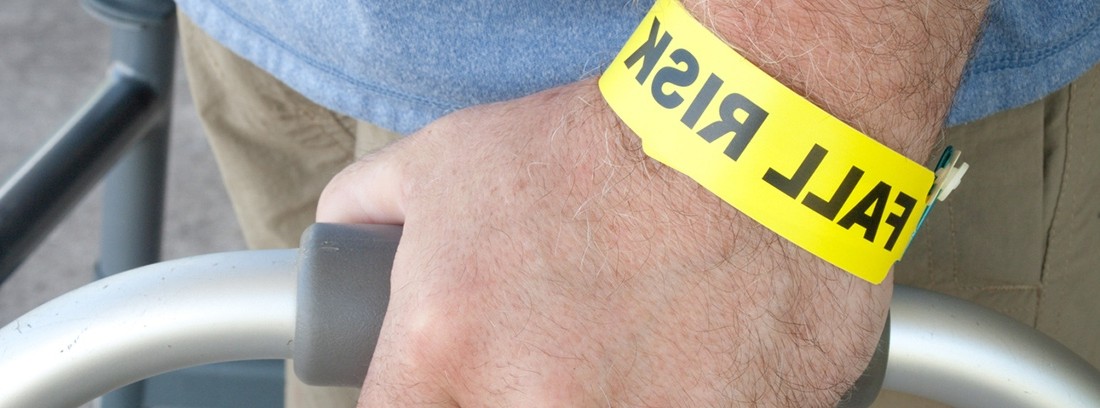Consequences and complications of loss of balance and falls
 | Some triggers for falls in older people are derived from medical, psychological or socioeconomic complications. These are the consequences.
| Some triggers for falls in older people are derived from medical, psychological or socioeconomic complications. These are the consequences.
Older people who have suffered a fall tend to have a worse functional evolution than the elderly who do not fall. About the 30% of individuals over 65 years of age fall each year and of these 5% have major injuries such as fractures and other consequences, 2% will require hospitalization and of these only half will survive a year after the fall. Approximately 10% of elderly visits to the emergency room are due to falls. Thus, the popular myth that the grandfather who falls and he breaks his hip it has a short life span is quite approximate. The reason for this unfavorable evolution in general is given by both medical, psychological and even socioeconomic complications.
Complications from the fall
Medical complications are due to the own trauma from the fall (fractures, contusions, wounds, head injuries, etc.) or due to prolonged stay on the ground, as the individual cannot get up by their own means (muscle destruction, pressure ulcers, dehydration, respiratory infections due to aspiration, hypothermia, etc. .), and which are related to a worse evolution and higher mortality.
The main psychological consequence is the "Fear of falling again", in which the elderly person who has fallen restricts their usual activities out of fear, that is, they do not go out to the street for fear of tripping, they do not perform the usual hygiene and clothing for fear of tripping, etc. This also causes loss of self-confidenceSince the elderly with this problem feel clumsy and useless, which sometimes leads to a depressive condition, greater dependence on activities of daily living and a poor subjective perception of their health. As a response, there is usually an overprotection on the part of the caregivers, since to avoid a new fall they, with the best wishes, carry out the activities that are considered risky, sometimes even against the abilities and wishes of the elderly person.
Other consequences
These medical and psychological sequelae cause and increase immobilization of the elderly and from here on a cascade of events, increased frailty and dependence, in such a way that, due to a slip with hip fracture, institutionalization or even death.
Taking this into account, the socioeconomic consequences can now be seen more clearly:
- Social isolation and changes in the patient's life habits, due to the fear of leaving the home.
- Increased need for caregivers, both formal and informal, due to increased dependence on activities of daily living.
- Increased needs for professional resources due to acute complications or those derived from immobility.
- Increased needs for social and health resources.
- In extreme cases, it may be necessary to resort to institutionalization of the elderly.
(Updated at Apr 14 / 2024)